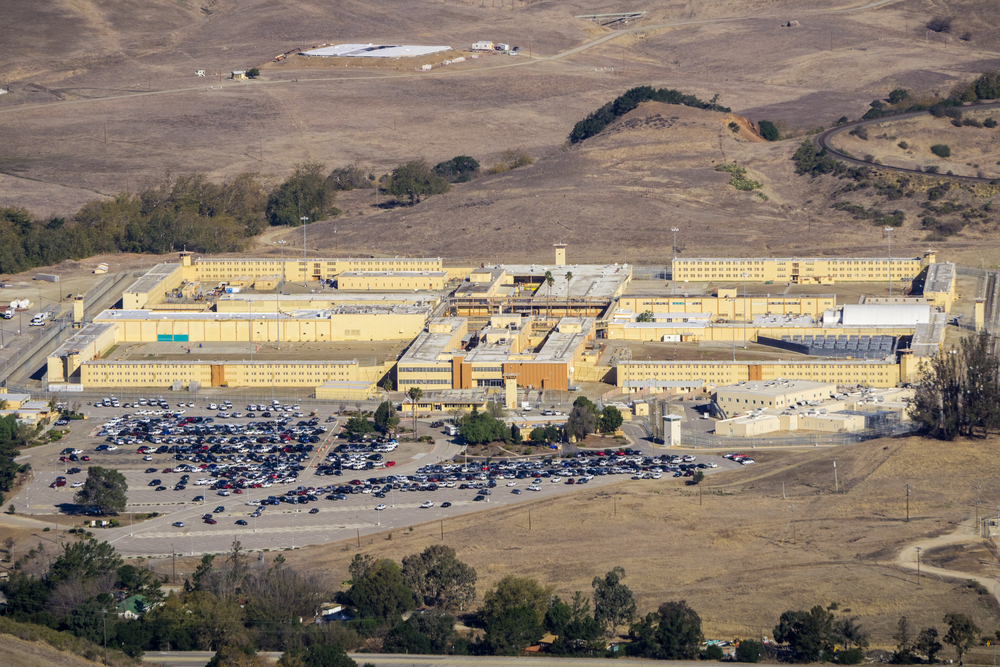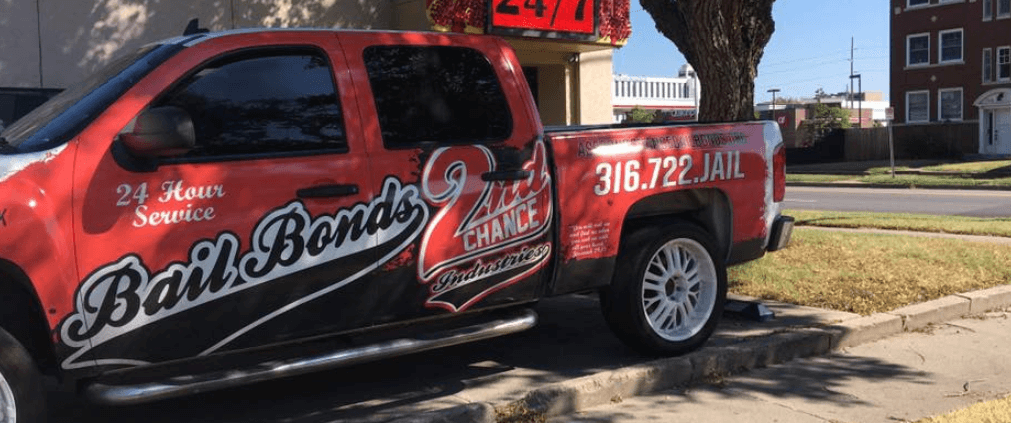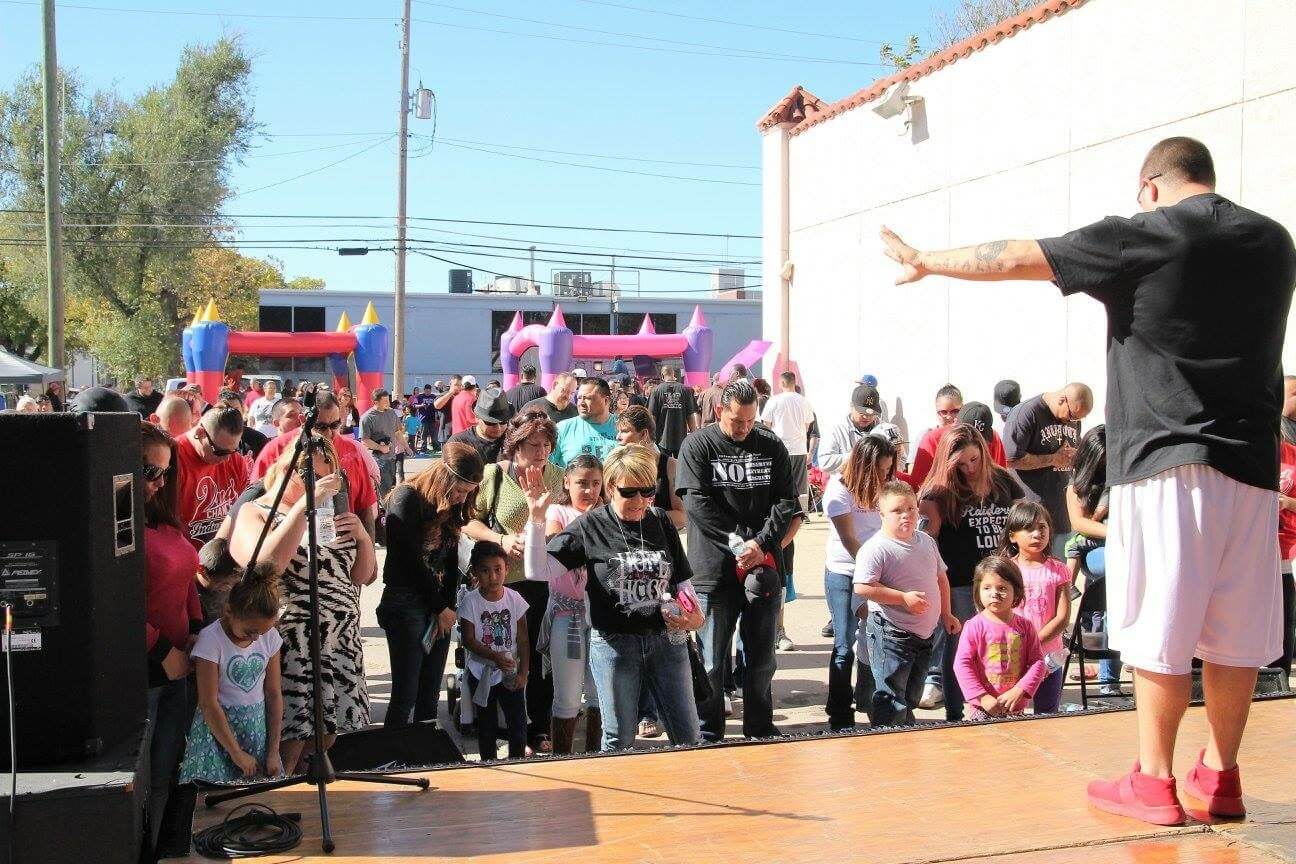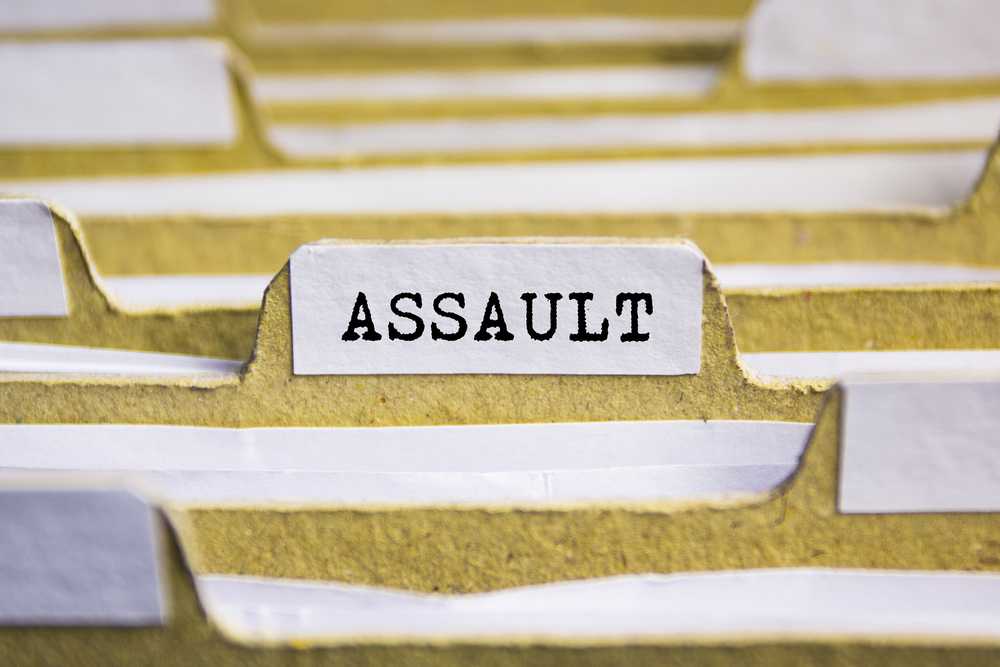“BOP custody” refers to the custody and supervision of inmates by the Federal Bureau of Prisons (BOP), a division of the United States Department of Justice. The BOP is responsible for the administration of the federal prison system and the management of federal inmates.
Key Aspects of BOP Custody
- Types of Facilities
- Federal Correctional Institutions (FCIs) – Medium-security facilities that provide a higher level of security.
- United States Penitentiaries (USPs) – High-security institutions with more stringent controls.
- Federal Prison Camps (FPCs) – Minimum-security institutions often without perimeter fencing.
- Administrative Facilities – Facilities with special missions, such as medical centers or detention centers.
- Inmate Management
- Classification – Inmates are classified based on factors like the severity of their offense, criminal history, and behavior. This determines the security level and type of facility where they will be housed.
- Programs and Services – The BOP provides various programs and services, including educational programs, vocational training, substance abuse treatment, and medical and mental health care.
- Rehabilitation and Reentry – The BOP offers programs aimed at reducing recidivism and preparing inmates for successful reentry into society upon release.
- Custody Levels
- Minimum – Inmates who pose the least risk of escape and violence. Often housed in FPCs.
- Low – Inmates with relatively low risk, housed in low-security FCIs.
- Medium – Inmates who pose a moderate risk, housed in medium-security FCIs.
- High – Inmates who pose the highest risk, housed in USPs.
- Administrative – Inmates with special needs or security concerns, housed in administrative facilities.
- Transfers and Movements – Inmates can be transferred between facilities based on changes in their classification, behavior, or specific needs. This ensures that inmates are housed in facilities appropriate for their custody level.
- Supervision and Monitoring – The BOP employs a range of security measures to supervise and monitor inmates, including controlled movements, regular headcounts, surveillance systems, and staff presence.
- Communication and Visitation – Inmates in BOP custody have access to various means of communication, including mail, phone calls, and email (through the TRULINCS system). Visitation policies are in place to allow inmates to maintain connections with family and friends, subject to security considerations.
- Disciplinary Procedures – The BOP has a disciplinary system to address violations of prison rules and regulations. Inmates can face sanctions, including loss of privileges, solitary confinement, or transfer to a higher-security facility, depending on the severity of the infraction.
- Release and Post-Release Supervision – The BOP is also responsible for preparing inmates for release and coordinating with the U.S. Probation Office for post-release supervision. This includes halfway houses, home confinement, and supervised release programs to facilitate reintegration into society.
BOP custody involves the comprehensive management of federal inmates, including classification, housing, rehabilitation, and supervision. The goal of the BOP is not only to maintain security and order within federal prisons but also to provide programs and services that support inmate rehabilitation and successful reentry into society.





